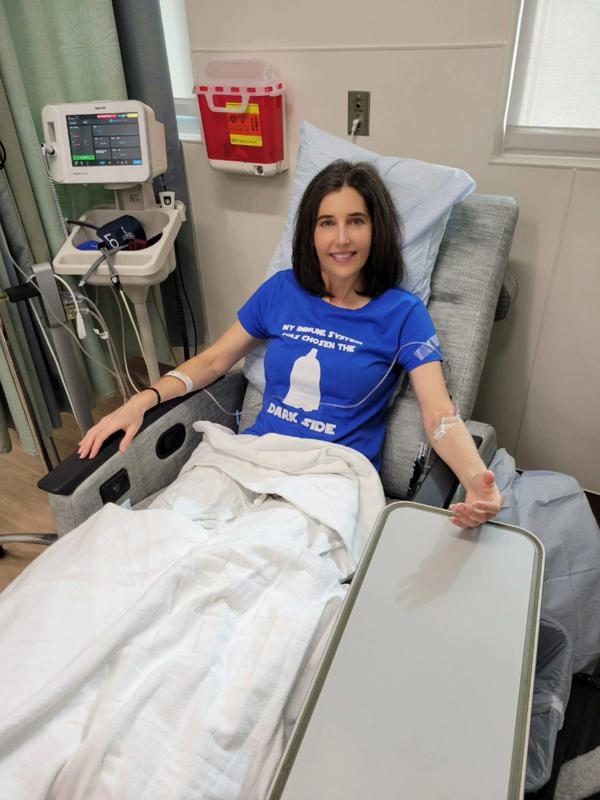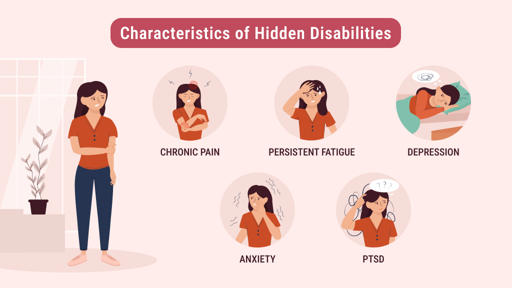Understanding Chronic Pain: Is it Fibromyalgia?
A Comprehensive Guide to Understanding Chronic Pain and Fibromyalgia

Frequently Asked Questions
The most common symptom of fibromyalgia is widespread pain throughout the body, which can be accompanied by fatigue, sleep disturbances, and cognitive challenges.
Fibromyalgia is diagnosed based on a combination of symptom history, physical examination, and the exclusion of other medical conditions. There are no specific tests for diagnosis.
Step by Step Guide
1
Introduction to Chronic Pain
Chronic pain is defined as pain that lasts longer than three months. It can occur due to a variety of conditions, injuries, or diseases, and understanding it is crucial for effective management.
2
What is Fibromyalgia?
Fibromyalgia is a chronic condition characterized by widespread pain, fatigue, and tenderness in the muscles and soft tissues. It is often associated with other symptoms such as sleep disturbances and cognitive difficulties.
3
Symptoms of Fibromyalgia
Common symptoms include widespread pain, fatigue, sleep problems, and cognitive difficulties often referred to as 'fibro fog'. Understanding these symptoms is vital for recognition and diagnosis.
4
Causes of Fibromyalgia
The exact cause of fibromyalgia is unknown, but it is believed to involve a combination of genetic, environmental, and psychological factors. Chronic stress and trauma may also play a role.
5
Diagnosing Fibromyalgia
There’s no definitive test for fibromyalgia, meaning diagnosis typically requires a thorough review of symptom history and physical examinations. Medical professionals may use specific criteria outlined by the American College of Rheumatology.
6
The Role of Pain Management
Managing chronic pain involves a combination of medication, self-care practices, and possibly therapy. Recognizing individual triggers and developing a personalized pain management plan is essential.
7
Lifestyle Changes for Managing Symptoms
Incorporating exercise, healthy eating, and stress reduction techniques into daily life can significantly reduce fibromyalgia symptoms and improve quality of life.
8
Alternative Therapies
Alternative therapies such as yoga, acupuncture, and massage therapy may provide additional relief from fibromyalgia symptoms. Exploring multiple treatment avenues can lead to improvement.
9
Support Systems
Building a strong support system is crucial for those affected by chronic pain and fibromyalgia. This can include family, friends, support groups, or professional counseling.
10
Resources and Further Reading
Providing links to reputable sources and organizations dedicated to chronic pain and fibromyalgia can offer further information, support, and community resources to those affected.
11
Conclusion
Understanding fibromyalgia in the context of chronic pain can empower individuals to advocate for their health, seek appropriate treatment, and improve their quality of life.








